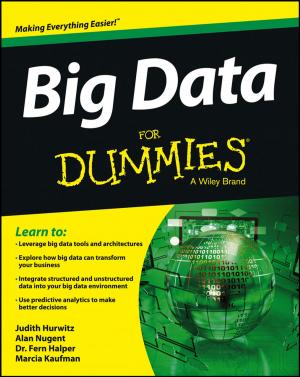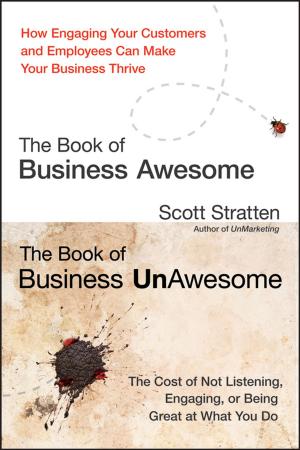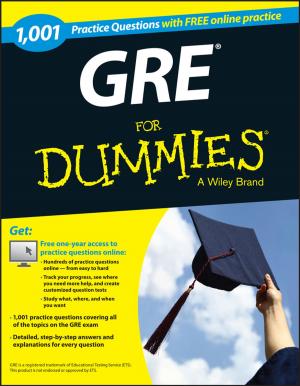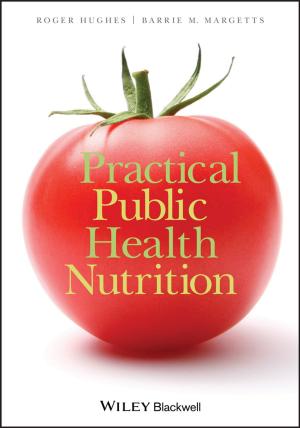Effective Experimentation
For Scientists and Technologists
Nonfiction, Science & Nature, Mathematics, Statistics| Author: | Richard Boddy, Gordon Smith | ISBN: | 9781119957423 |
| Publisher: | Wiley | Publication: | June 9, 2011 |
| Imprint: | Wiley | Language: | English |
| Author: | Richard Boddy, Gordon Smith |
| ISBN: | 9781119957423 |
| Publisher: | Wiley |
| Publication: | June 9, 2011 |
| Imprint: | Wiley |
| Language: | English |
Effective Experimentation is a practical book on how to design and analyse experiments. Each of the methods are introduced and illustrated through real world scenario drawn from industry or research. Formulae are kept to a minimum to enable the reader to concentrate on how to apply and understand the different methods presented.
The book has been developed from courses run by Statistics for Industry Limited during which time more than 10,000 scientists and technologists have gained the knowledge and confidence to plan experiments successfully and to analyse their data. Each chapter starts with an example of a design obtained from the authors’ experience. Statistical methods for analysing data are introduced, followed, where appropriate, by a discussion of the assumptions of the method and effectiveness and limitations of the design.
The examples have been chosen from many industries including chemicals, oils, building materials, textiles, food, drink, lighting, water, pharmaceuticals, electronics, paint, toiletries and petfoods.
This book is a valuable resource for researchers and industrial statisticians involved in designing experiments. Postgraduates studying statistics, engineering and mathematics will also find this book of interest.
Effective Experimentation is a practical book on how to design and analyse experiments. Each of the methods are introduced and illustrated through real world scenario drawn from industry or research. Formulae are kept to a minimum to enable the reader to concentrate on how to apply and understand the different methods presented.
The book has been developed from courses run by Statistics for Industry Limited during which time more than 10,000 scientists and technologists have gained the knowledge and confidence to plan experiments successfully and to analyse their data. Each chapter starts with an example of a design obtained from the authors’ experience. Statistical methods for analysing data are introduced, followed, where appropriate, by a discussion of the assumptions of the method and effectiveness and limitations of the design.
The examples have been chosen from many industries including chemicals, oils, building materials, textiles, food, drink, lighting, water, pharmaceuticals, electronics, paint, toiletries and petfoods.
This book is a valuable resource for researchers and industrial statisticians involved in designing experiments. Postgraduates studying statistics, engineering and mathematics will also find this book of interest.















